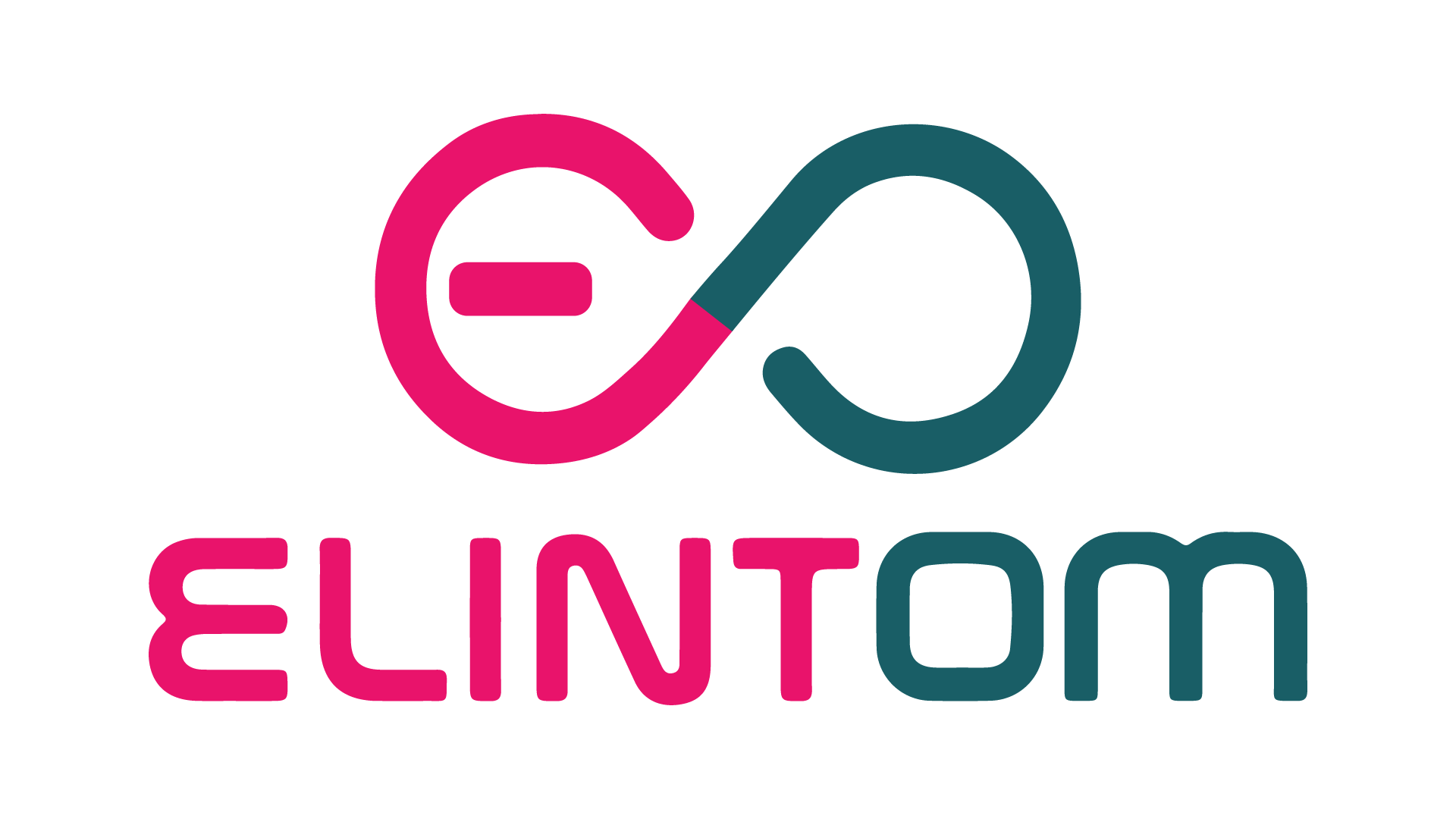10 Pain Points for Omnichannel Brand Owners
Introduction: Navigating the ever-evolving business landscape can be daunting for brand owners. From maintaining a consistent brand identity to ensuring exceptional customer experiences, numerous pain points demand your attention. This comprehensive guide will delve into the ten critical areas where brand owners often face challenges and provide actionable insights to address them effectively.

Addressing Pain Points of Omnichannel Business Owners & Brand Owners: Challenges & Solutions
In today’s fast-paced digital landscape, omnichannel business and brand owners face a unique set of challenges. While the goal is to provide a seamless and consistent customer experience across all touchpoints, achieving this requires overcoming various pain points. This blog explores some of the most common issues and offers practical solutions to help you navigate the complexities of omnichannel strategies.
1. Inconsistent Customer Experience
Challenge: Maintaining a consistent customer experience across multiple channels can be daunting. Discrepancies in messaging, branding, and service levels can confuse customers and diminish their trust in your brand.
Solution: Develop a unified brand strategy that aligns all channels with your core values and messaging. Utilize customer journey mapping to identify touchpoints and ensure consistency. Implement robust training programs for staff to deliver a uniform experience.
2. Data Silos and Integration Issues
Challenge: Managing data across different platforms often leads to data silos, where information is isolated and inaccessible. This fragmentation hinders a comprehensive view of customer interactions and behaviors.
Solution: Invest in integrated technology solutions such as Customer Relationship Management (CRM) systems and data management platforms. These tools consolidate data from various sources, providing a holistic view of your customers and enabling more informed decision-making.
3. Technology and Infrastructure Constraints
Challenge: Keeping up with the rapid pace of technological advancements and integrating new tools into existing systems can be overwhelming. Outdated infrastructure can limit your ability to deliver a seamless omnichannel experience.
Solution: Conduct regular technology audits to assess your current infrastructure. Identify gaps and prioritize upgrades. Consider cloud-based solutions that offer scalability and flexibility. Partner with technology experts to ensure smooth integration and implementation.
4. Supply Chain and Inventory Management
Challenge: Coordinating inventory and supply chain operations across multiple channels is complex. Stockouts or overstock situations can lead to lost sales or increased holding costs, negatively impacting customer satisfaction.
Solution: Implement advanced inventory management systems that provide real-time visibility into stock levels across all channels. Use demand forecasting tools to predict trends and optimize inventory levels. Strengthen partnerships with suppliers to ensure timely deliveries.
5. Customer Data Privacy and Security
Challenge: With increasing data breaches and stringent regulations, ensuring customer data privacy and security is a top concern. Non-compliance can result in heavy fines and damage to your brand’s reputation.
Solution: Adopt a robust data security framework that includes encryption, access controls, and regular security audits. Stay updated with regulatory changes and ensure compliance with data protection laws. Educate employees on data privacy best practices.
6. Marketing and Channel Optimization
Challenge: Effectively marketing across multiple channels while ensuring each performs optimally requires careful coordination. Misaligned strategies can lead to wasted resources and missed opportunities.
Solution: Develop an integrated marketing strategy that aligns with your overall business objectives. Use analytics to track performance and adjust campaigns in real-time. Leverage automation tools to streamline marketing efforts and improve efficiency.
7. Customer Support Challenges
Challenge: Providing consistent and efficient customer support across all channels can be difficult. Delayed responses or unresolved issues can lead to customer frustration and attrition.
Solution: Implement omnichannel customer service platforms that allow seamless interaction across different channels. Use AI-driven chatbots for immediate responses to common queries. Train support teams to handle complex issues and provide personalized assistance.
8. Brand Consistency and Recognition
Challenge: Ensuring that your brand is consistently represented across all channels is essential for recognition and trust. Inconsistencies can weaken your brand identity and confuse customers.
9. Data Overload & Actionable Insights: The amount of data available to brands is staggering. From social media analytics to website traffic reports, brand owners have access to more data than ever before. However, turning this data into actionable insights can be difficult. Brand owners struggle to make sense of all this information and use it to inform their marketing decisions.
10. Cut Through the Noise: Standing out in a crowded marketplace is a constant battle. Consumers are bombarded with messages from countless brands, making it difficult for any one brand to be heard. Brand owners struggle to develop a unique voice and effectively reach their target audience.
What are the Main Priorities for the OmniChannel Brand Owners?
1. Brand Identity
- Consistency across channels: Establishing a cohesive brand identity across all touchpoints is crucial for brand recognition and loyalty.
- Brand positioning in the market: Understanding your unique value proposition and positioning your brand effectively amidst competition is essential for success.
2. Customer Experience
- Online and offline touchpoints: Seamless integration and consistency in customer experience across online platforms and physical locations enhance brand trust and satisfaction.
- Feedback collection and analysis: Regularly gathering and analyzing customer feedback helps identify pain points and opportunities for improvement.
3. Marketing Strategy
- Digital marketing tactics: Leveraging digital channels effectively to reach and engage with your target audience is imperative in today’s digital age.
- Social media presence and engagement: Building a strong social media presence and fostering meaningful engagement with your audience can significantly impact brand visibility and perception.
4. Product Development
- Market research and trends analysis: Staying abreast of market trends and consumer preferences is essential for developing products that resonate with your target market.
- Quality control and innovation: Maintaining high-quality standards and continuously innovating your products ensure sustained relevance and competitiveness.
5. Sales and Distribution
- Channel management and partnerships: Strategically managing distribution channels and fostering strong partnerships optimize your reach and sales potential.
- Inventory management and logistics: Efficient inventory management and logistics streamline operations and minimize costs while ensuring product availability.
6. Legal and Compliance
- Trademark registration and protection: Safeguarding your brand assets through proper trademark registration and protection measures is vital for brand integrity and longevity.
- Advertising and consumer laws compliance: Adhering to advertising regulations and consumer protection laws mitigates legal risks and fosters trust with consumers.
7. Financial Management
- Budget allocation and ROI tracking: Prudent budget allocation and rigorous ROI tracking enable optimal resource utilization and informed decision-making.
- Profit margin analysis and cost optimization: Analyzing profit margins and identifying opportunities for cost optimization enhance financial sustainability and profitability.
8. Employee Engagement
- Training and development programs: Investing in employee training and development fosters a skilled and motivated workforce, driving productivity and innovation.
- Employee satisfaction and retention strategies: Implementing strategies to enhance employee satisfaction and retention cultivates a positive work culture and reduces turnover costs.
Essential Actions to Take for Brand Owners’ Pain Points
- Conduct Comprehensive Audits: Regularly assess each area of your business to identify pain points and prioritize areas for improvement.
- Develop Action Plans: Create detailed action plans for addressing identified pain points, including specific goals, timelines, and responsible stakeholders.
- Allocate Resources Appropriately: Allocate resources, including finances, time, and manpower, to initiatives aimed at resolving pain points and driving business growth.
- Monitor and Evaluate Progress: Continuously monitor the implementation of action plans and evaluate their impact on addressing pain points and achieving business objectives.
- Seek Feedback and Iterate: Solicit feedback from stakeholders and customers, and use this feedback to iterate and refine strategies for resolving pain points and enhancing business performance.
Avoiding Pitfalls: Brand Owner’s Pain Points Checklist
- Overlooking Market Research: Neglecting thorough market research can lead to misalignment with consumer preferences and market trends, resulting in missed opportunities and ineffective strategies.
- Ignoring Customer Feedback: Disregarding customer feedback can hinder improvements in product quality, customer experience, and brand perception, ultimately impacting long-term success.
- Neglecting Employee Engagement: Failing to prioritize employee engagement can lead to low morale, decreased productivity, and high turnover rates, undermining organizational culture and performance.
- Underestimating Legal and Compliance Risks: Ignoring legal and compliance requirements can expose brand owners to costly lawsuits, reputational damage, and regulatory penalties, threatening business sustainability.
- Lack of Adaptability: Being resistant to change and failing to adapt to evolving market dynamics can result in stagnation and loss of competitiveness, hindering business growth and innovation.
Conclusion
Navigating the complexities of an omnichannel strategy requires addressing various pain points that can hinder your business’s success. By implementing the solutions outlined above, omnichannel business and brand owners can create a seamless, efficient, and customer-centric approach. This not only enhances customer satisfaction but also drives growth and fosters long-term loyalty. Stay proactive, invest in the right technologies, and continuously refine your strategies to stay ahead in the competitive omnichannel landscape.

